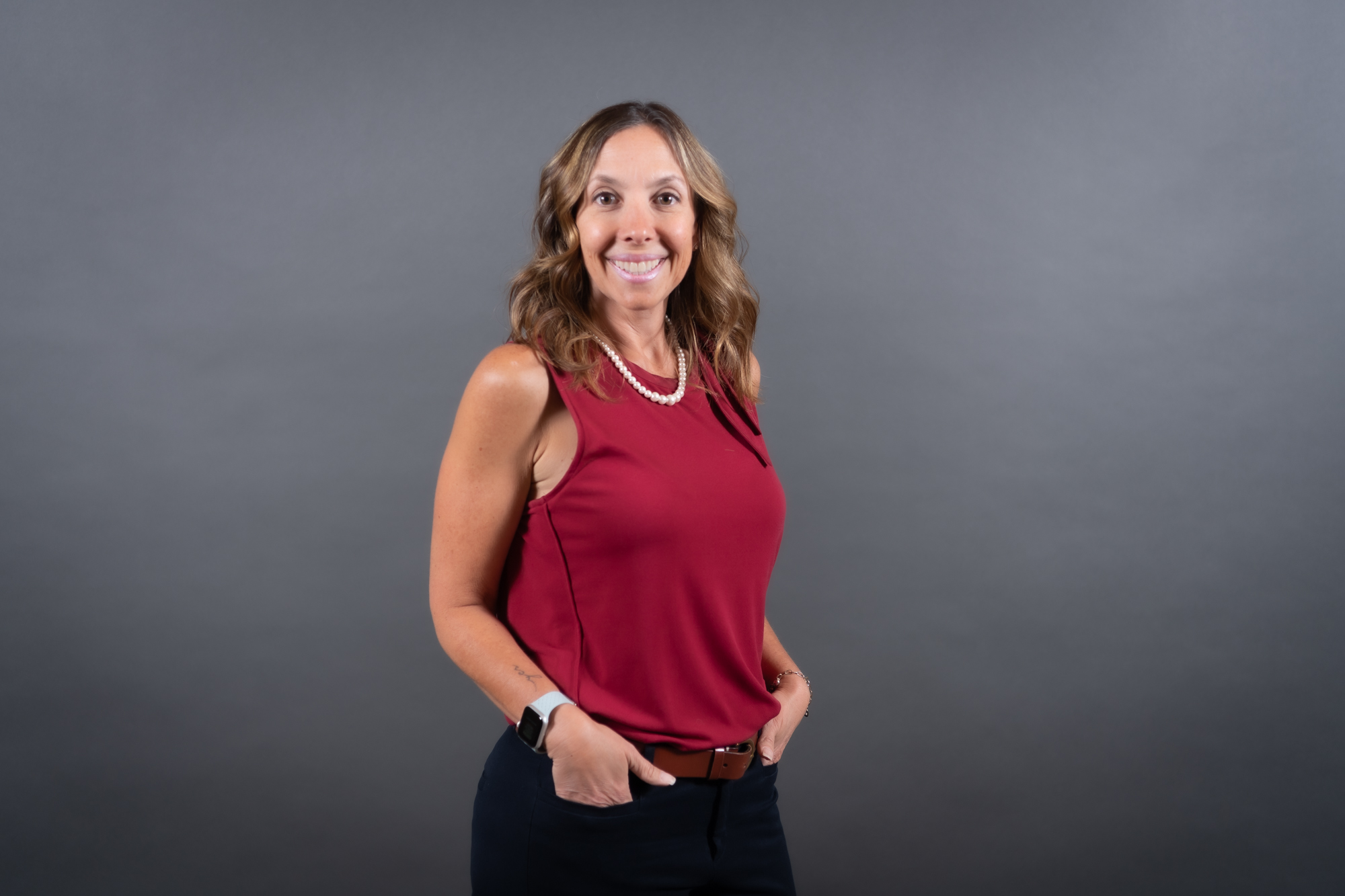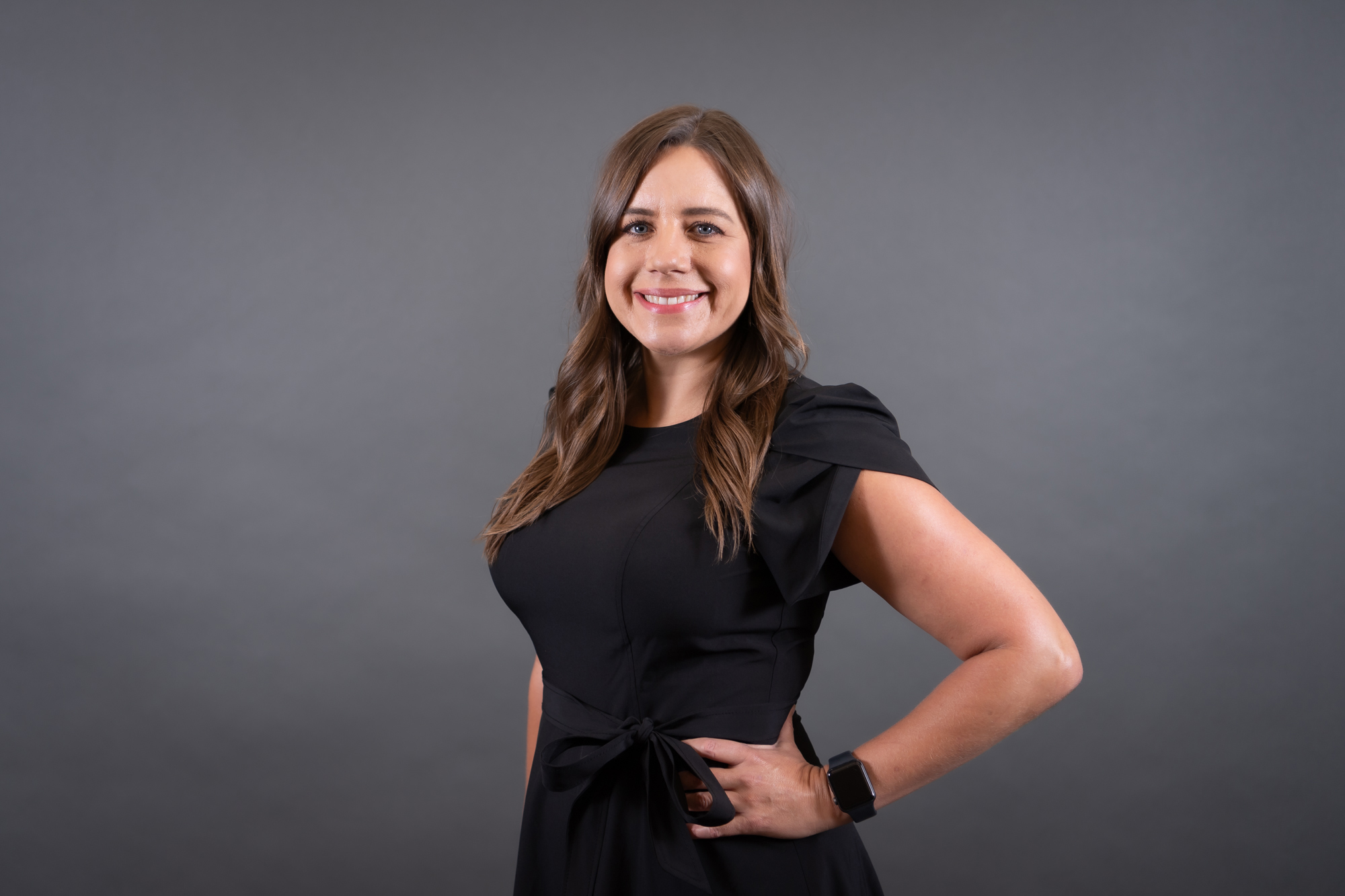)
School Leadership

Jill Hoppe
Principal

Jackie Older
Assistant Principal
Welcome to Canyon Ridge School, an A+ School of Excellence and a Congia STEM Accredited School in the Dysart Unified School District. Our vision is inspiring the innovators of tomorrow. Through a dedicated and collaborative work environment, our teachers use a Science, Technology, Engineering, and Mathematics (STEM) philosophy to develop relevant and engaging learning experiences for students.
This upcoming school year will be the eighth school year for Principal Jill Hoppe. Mrs. Hoppe hails from Chicago, Illinois; however, she has been living in Arizona since 2008. She holds two Master's Degrees - one in Administrative Leadership from Grand Canyon University and the other in Reading, Writing, and Literacy from the University of Illinois. Her Undergraduate Degree is in Elementary Teaching with a minor in Sociology also from the University of Illinois. Mrs. Hoppe brings 29 years of experience to Canyon Ridge along with her “YES!” philosophy.
Assistant Principal Jackie Older is starting her second year at Canyon Ridge. This will be Jackie's 21st year in education. She holds a Master's Degree in Administrative Leadership from Grand Canyon University and renewed her National Board Certification in 2023 as an early childhood generalist. Mrs. Older is an Arizona native and her Undergraduate Degree is in Elementary Education from Arizona State University. She believes in the power of positive relationships and that every child deserves a champion!
Throughout the 2025-2026 school year the school has identified the following goals to focus the work of the school.
Academic Goals
- By the end of the 2025-26 school year, math proficiency will increase from 60% to 63% as measured by the Math AASA.
- By the end of the 2025-26 school year, ELA proficiency will increase from 70% to 73% as measured by the ELA AASA.
- By the end of the 2025-26 school year, science proficiency will increase from 61% to 64% as measured by the AzSCI assessment
- By the end of the 2025-26 school year, 84% K-3 students will be at or above benchmark as measured by the Composite DIBELs Acadience Assessment.
- By the end of the 2025-26 school year, less than 13% of students will be minimally proficient in ELA and Math as measured by the ELA and Math AASA.
- By the end of the 2025-26 school year, 8th grade highly proficient math students will increase from 30% to 33% as measured by the Math AASA.
- By the end of the 2025-26 school year, 8th grade minimally proficient math students will decrease from 20% to less than 17% as measured by the Math AASA.
- By the end of the 2025-26 school year, 3rd grade minimally proficient ELA students will decrease from 32% to less than 29% as measured by the ELA AASA.
- By the end of the 2025-26 school year, 100% of English Language students will move a minimum of one proficiency level up as measured on Azella.
Instructional Goals
- By the end of the 2025-2026 school year, 100% of professional learning teams will unpack essential standards that include: proficiency levels, DOK question examples, and a timeline for instruction.
- By the end of the 2025-26 school year, 100% of professional learning teams will use cycles of learning to measure student mastery of identified essential standards.
- By the end of the 2025-26 school year, 100% of professional learning teams will use a system of spiral review to ensure continued practice and retention of mastered skills.
- By the end of the 2025-26 school year, 100% of grade levels will meet student needs through a focused intervention/enrichment process as evidenced by walk through data and standards based assessment data.
- By May 2026, 100% of the campus professional learning teams will implement the PLC process with fidelity as measured by moving one indicator level up on the PLC continuum rubric.
- By May 2026, 100% of teachers will follow Academic Conversation structures and routines as evidenced by students engaging in level 3 conversations aligned to DOK 2 and higher questions.
- By May 2026, 100% of teachers will post learning objectives at a DOK 2 or higher along with success criteria that define learning targets for all lessons.
- By May 2026, 100% of teachers will embed checks for understanding within each lesson to assess and adjust for student mastery.
Culture Goals
- By May of 2026, we will improve daily attendance rates from an average of 92% to 95%, this will be measured weekly.
- By May of 2026, students will regularly attend school as evidenced by reducing the amount of chronic absences (defined as 18 days or more) to less than 15% of the student population.
- By May of 2026, students will follow the 7 Habits of Highly Effective People and Dysart Core Values as evidenced by reducing referrals and detentions related to physical aggression, defiance and disrespect by a minimum of 10%.